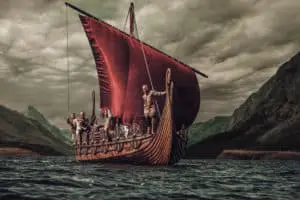Gaelic Football: A Great 8-Point Guide to the Ancient Sport
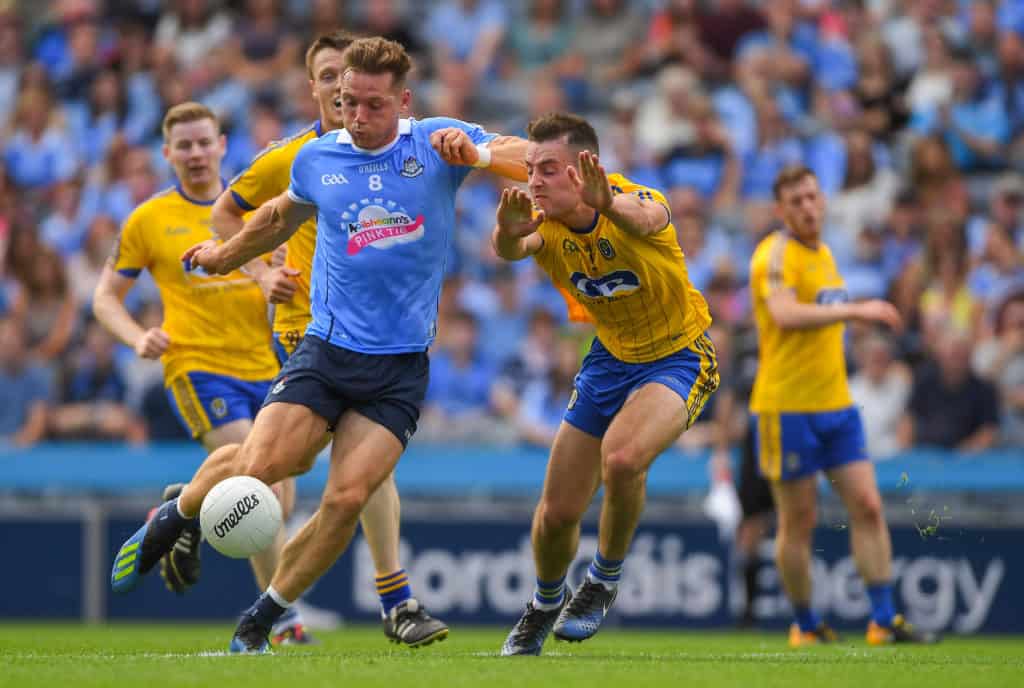
Updated On: November 09, 2023 by Courtney Augello
In the heart of Ireland’s rolling landscapes lies a sport that embodies the essence of a nation – Gaelic football. More than just a game, Gaelic football is a living testament to Ireland’s history, identity, and sense of community.

Rooted in the ancient traditions of Celtic games and nurtured through centuries of evolution, this sport has woven itself into the fabric of Irish society. Gaelic football transcends the lines between tradition and modernity, offering a captivating narrative that intertwines the past, present, and future.
Gaelic football is a key part of Irish culture and tradition to many people both within Ireland and across different nations. To fully understand the significance and impact of the sport, we’ve delved into the history, cultural importance, global expansion, and future opportunities for Gaelic football.
Table of Contents
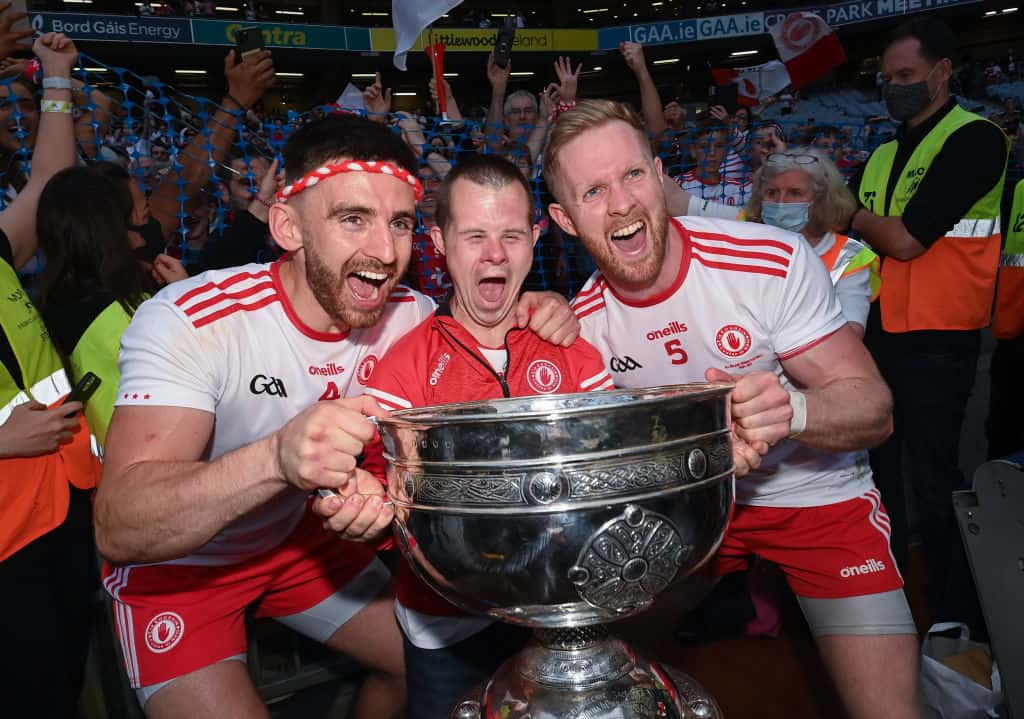
Understanding Gaelic Football
Gaelic football is a captivating sport that combines elements of football, rugby, and basketball. The sport is deeply rooted in Irish tradition and is played with fervour and passion on the emerald fields of Ireland.
The game is a harmonious blend of physicality, skill, and strategy. The fundamental rules and structure of Gaelic Football are integral to its appeal, setting it apart as a unique and distinctive sport.
Fundamental Rules and Structure
Gaelic football is a team sport played between two sides, with each team consisting of fifteen players. The objective is simple: manoeuvre the ball into the opposing team’s goal, earning three points or over the crossbar for one point.
Players can use their hands and feet to control the ball, employing a range of skills from kicking and hand-passing to bouncing and soloing. Dribbling is not allowed, adding a dynamic element to the game’s fluidity. The field, marked with distinct lines, is typically larger than a football pitch but smaller than a rugby pitch.
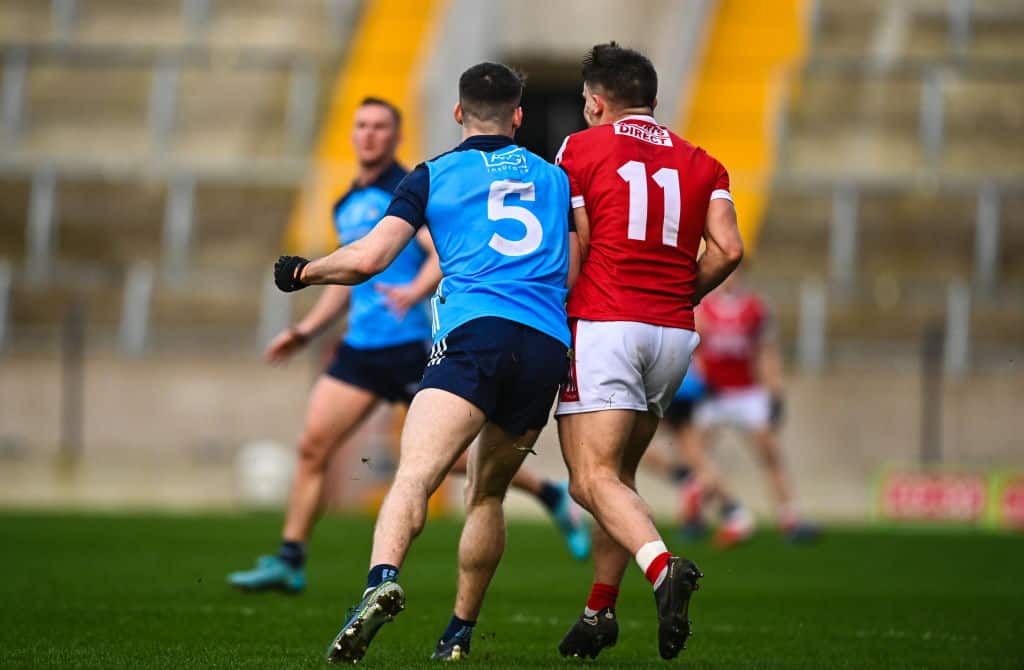
Distinctive Features
What truly distinguishes Gaelic football from other sports is its fusion of various play styles. The combination of football-like goals, rugby-like tackles, and basketball-like physicality sets Gaelic Football in a league of its own.
The absence of offsides encourages a dynamic, fast-paced game where fluid movement and strategic positioning are paramount. The blend of individual skill and teamwork adds a layer of complexity, making Gaelic Football a multifaceted experience for players and spectators.
Connection Between Gaelic Football & Irish Heritage
Gaelic football is not merely a sport; it’s a thread that weaves through the rich tapestry of Irish heritage. It serves as a living connection to the country’s history, reflecting the resilience and unity of the Irish people.
The sport’s origins can be traced back to ancient Celtic games, embodying a profound tie to Ireland’s past. Its continued prominence resonates with the spirit of a nation that has overcome challenges and embraced change while honouring its traditions.
Its rules, structure, distinct features, and connection to Irish heritage all converge to create a compelling mosaic that resonates with players and fans alike, perpetuating a legacy that transcends the boundaries of time and generations.
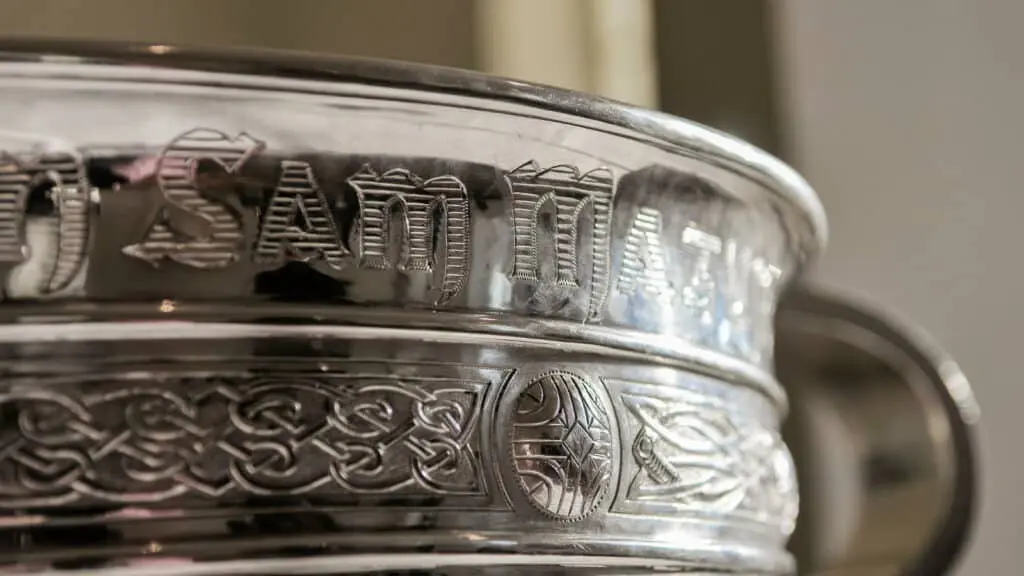
Tracing the Historical Roots
Gaelic Football’s lineage can be traced back through the annals of time, connecting to the ancient Celtic games that were an integral part of Ireland’s cultural tapestry.
These early contests, often held on festival days, saw communities gather to partake in a spirited display of physical prowess, embodying the Celtic spirit of strength, endurance, and camaraderie.
Evolution of the Sport
The evolution of Gaelic Football is a fascinating journey that reflects the changing tides of history. From its humble beginnings as informal games played across fields and villages, the sport underwent a transformative journey through various periods.
It witnessed the influences of invasions, colonial rule, and socio-political changes, each leaving its mark on the game’s development. The transition from local variations to more structured formats paved the way for Gaelic Football to emerge as a nationally recognised sport.
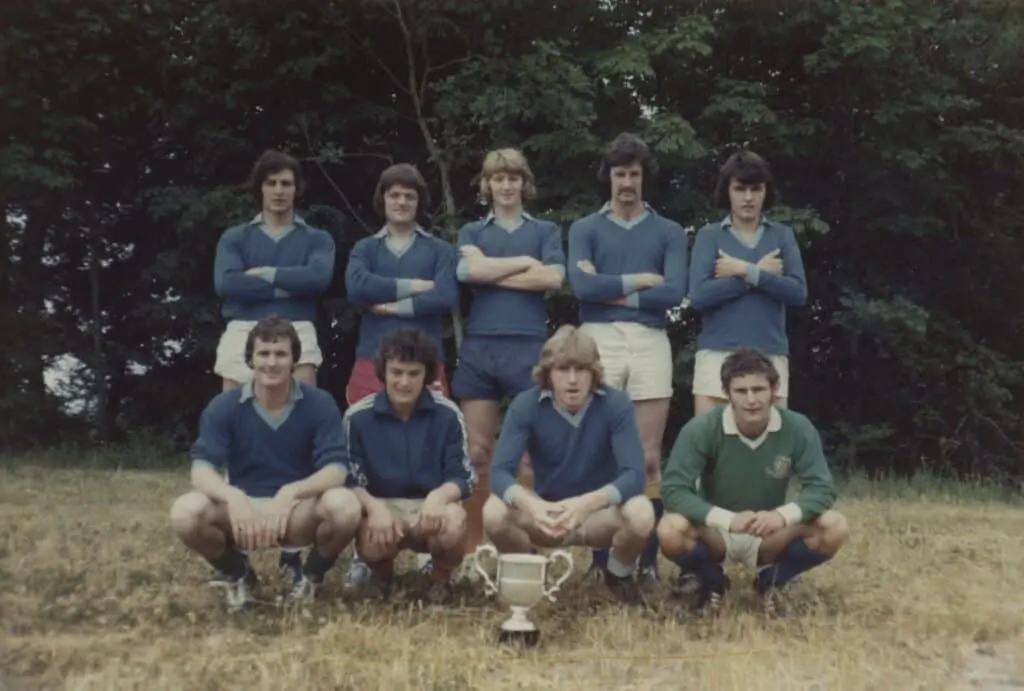
The Role of the Gaelic Athletic Association (GAA)
A pivotal chapter in the history of Gaelic Football was written with the establishment of the Gaelic Athletic Association (GAA) in 1884. Founded by Michael Cusack and others, the GAA was instrumental in formalising and unifying the rules of Gaelic Football.
It was a response to the perceived threats of cultural erosion and the need to promote indigenous Irish sports in the face of British colonial influences. The GAA provided a platform for the sport to flourish and be safeguarded, transcending regional variations and ensuring a standardised framework.
The GAA’s efforts were a beacon of cultural resurgence. It aimed to revive the ancient traditions of Gaelic games, creating a sense of national pride and identity. As a cornerstone of the GAA’s endeavours, Gaelic Football became a unifying force that resonated deeply with the Irish populace.
It fostered a sense of belonging and pride, not just in the game itself but in the values and heritage it represented. The GAA’s role in formalising the sport’s rules, promoting fair play, and establishing a structured competitive framework contributed significantly to Gaelic Football’s rise from a local pastime to a cultural institution.
In tracing the historical roots of Gaelic Football, we unearth a narrative of resilience, adaptation, and cultural preservation. From its humble origins in Celtic festivities to the organised competitions of today, the sport has borne witness to the ebb and flow of Ireland’s history.
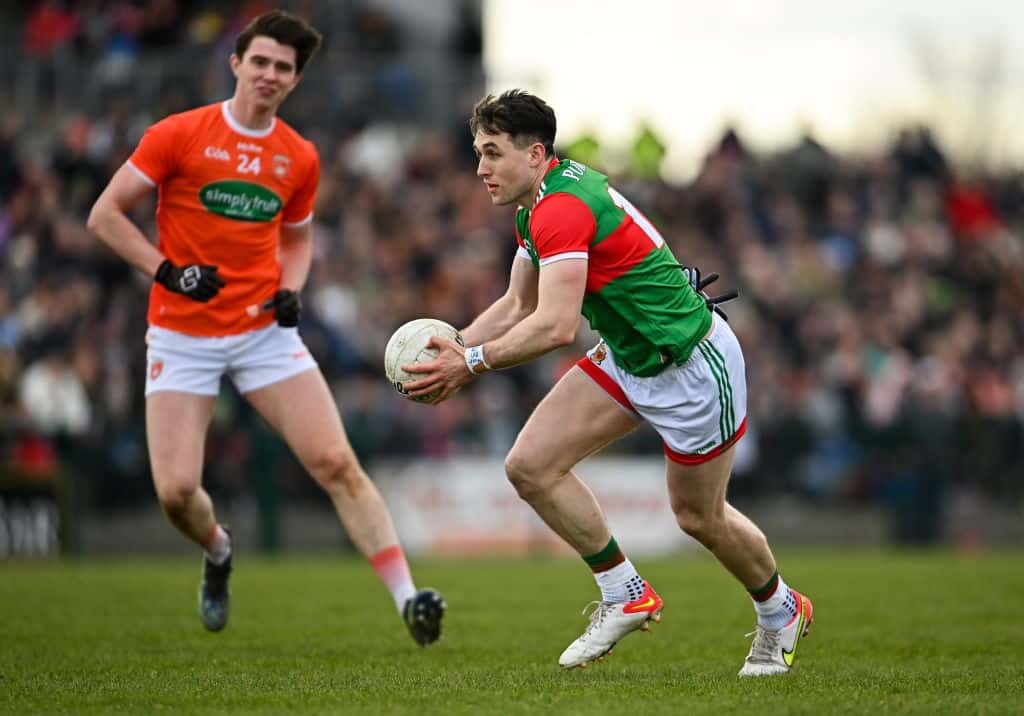
Significance in Irish Culture and Society
Connection with Ireland’s Cultural Identity
Gaelic Football serves as a mirror reflecting the essence of Ireland’s cultural identity. With each match, each goal, and each cheer, the sport encapsulates the nation’s values, resilience, and spirit.
The passion and dedication exhibited by players and fans alike are an embodiment of the Irish character – fiery, determined, and deeply connected to their roots. The distinctive blend of traditional play styles and contemporary athleticism highlights the combination of history and modernity that defines Irish culture.
Uniting Communities
Beyond the realms of competition, Gaelic Football brings communities together like no other. The local club matches are more than just sporting events; they are communal gatherings that bridge generational gaps, unite families and neighbours, and create lasting bonds.
These matches are an embodiment of the spirit of togetherness, where individuals from different walks of life unite to support their team. The shared joy of victory and the camaraderie in defeat serve as powerful reminders of the strength found in collective identity.
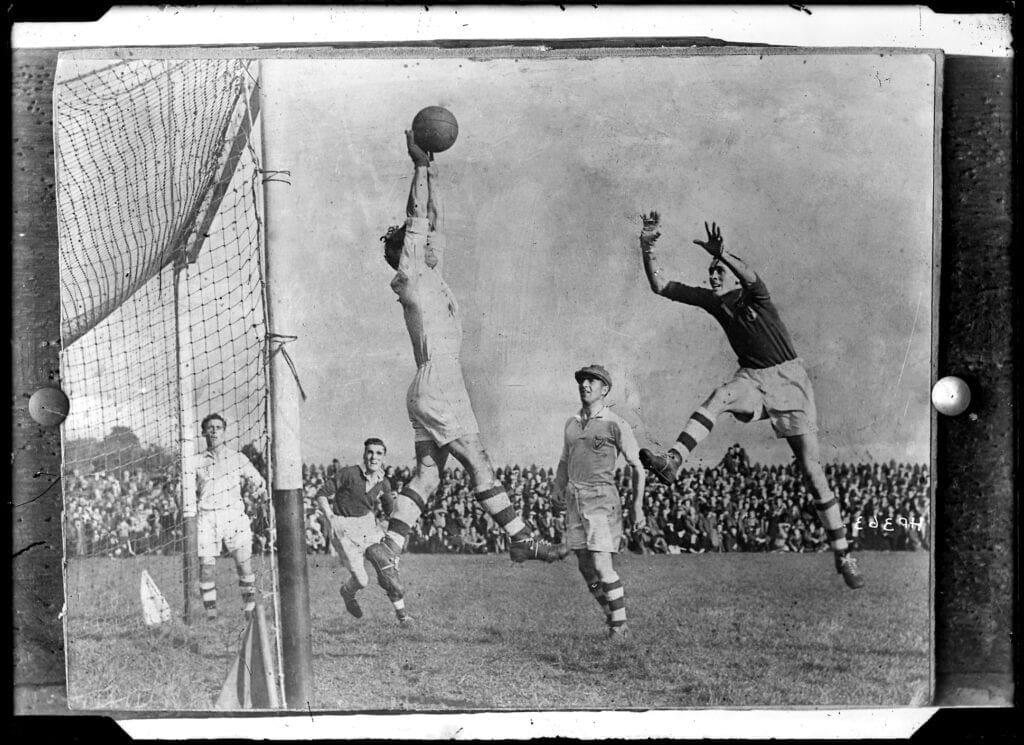
Preserving Gaelic Language and Traditions
Gaelic Football, intricately linked to Irish culture, plays a pivotal role in the preservation of the country’s language and traditions. As a platform where communities gather and interact, the sport becomes a conduit for the passing down of cultural heritage from one generation to the next.
The GAA’s commitment to promoting the Irish language is a testament to the symbiotic relationship between the sport and linguistic traditions. Chants, cheers, and team names in the native tongue resonate deeply with the linguistic history, acting as a living reminder of the language’s intrinsic value.
A Breakthrough: Ladies’ Gaelic Football
The realm of Gaelic Football, once predominantly associated with men, witnessed a transformative breakthrough with the emergence of ladies’ Gaelic Football. This watershed moment marked a shift in paradigms as women stepped onto the field to assert their prowess, athleticism, and dedication.
The Emergence of Women’s Gaelic Football
The introduction of women’s Gaelic Football was a revolutionary stride towards gender inclusivity within the sport. Breaking away from the conventions that relegated women to the sidelines, female athletes began actively participating in a game that had long been male-dominated.
This was more than just a new chapter in the history of the sport; it was a testament to the indomitable spirit of women who sought to carve out their place on the field.
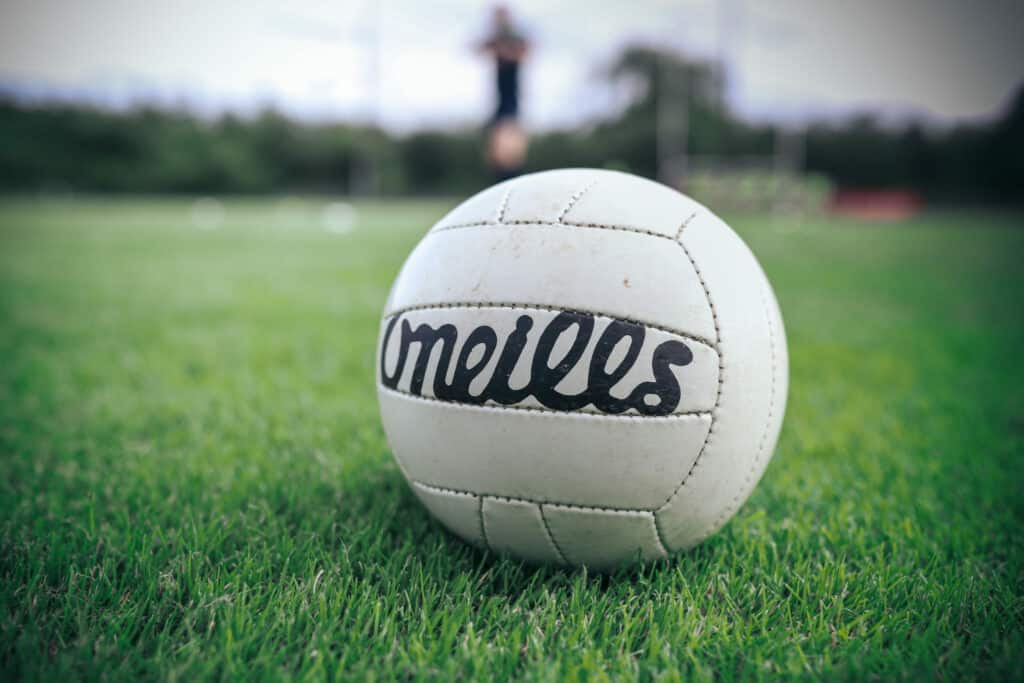
Historical Context and Challenges
The emergence of ladies’ Gaelic Football did not occur in isolation; it was set against the backdrop of historical gender inequalities in sports. For much of history, societal norms and prejudices stifled women’s participation in sports.
Limited access to training facilities, resources, and opportunities hindered the development of female athletes. The struggle for recognition and acceptance was an uphill battle as women faced stereotypes that questioned their physical capabilities and relegated them to less visible roles.
Growth of Ladies’ Gaelic Football
The GAA, an institution deeply rooted in Irish culture, initially focused on men’s sports. However, recognising the potential of women’s participation, the GAA gradually integrated ladies’ Gaelic Football into its fold.
This inclusion was not without its challenges, but over time, the efforts of dedicated athletes, advocates, and the GAA itself led to increased recognition, support, and resources for women’s teams.
The GAA’s acknowledgement of ladies’ Gaelic Football as an integral part of the organisation solidified its place in the Irish sports landscape. This recognition not only elevated the status of female athletes but also sent a resounding message of equality and empowerment.
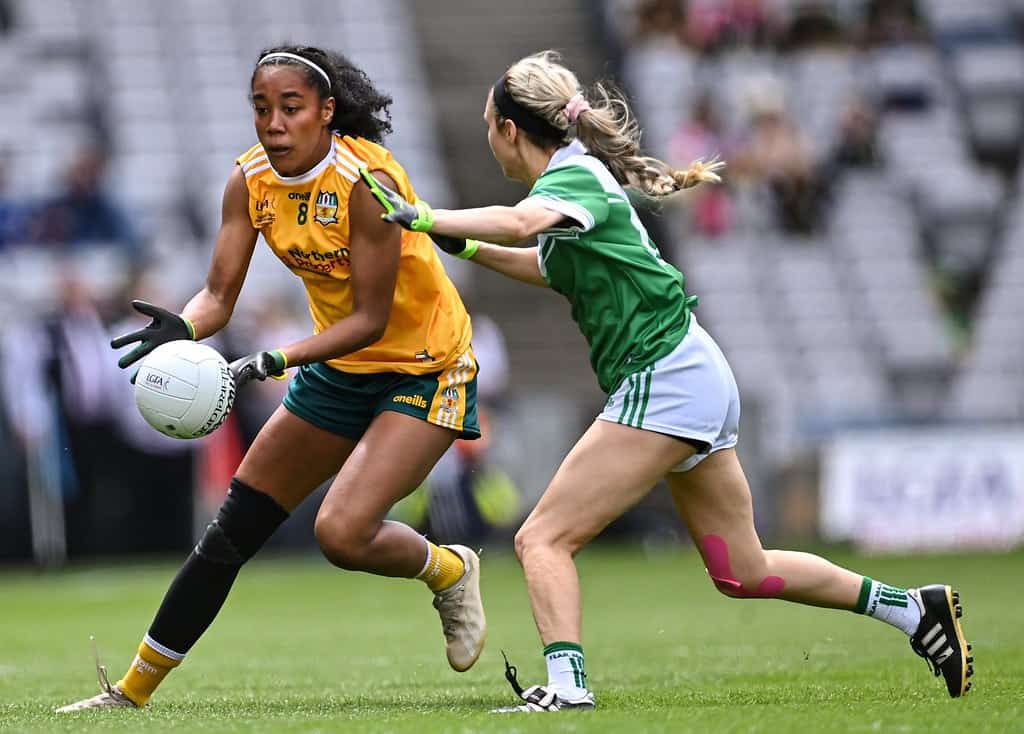
As the sport gained momentum, it became a vehicle for women to challenge stereotypes, break boundaries, and pave the way for future generations of athletes.
In the emergence of ladies’ Gaelic Football, we witness a narrative of determination, breaking through barriers, and the power of inclusivity. This chapter of the sport’s history serves as a testament to the resilience of women who have transformed the playing field into a platform for empowerment and equality.
As ladies’ Gaelic Football continues to flourish, it exemplifies the capacity of sports to transcend boundaries and foster a sense of belonging and achievement for all, regardless of gender.
Evolution and Adaptations
How Gaelic Football Has Evolved over Time
The evolution of Gaelic Football is a testament to the sport’s capacity to adapt and grow. As society and technology progressed, so did the game. What began as informal matches have evolved into a structured, organised sport played at local, national, and international levels.
Rule Changes, Player Techniques, and Training Methodologies
Over the years, Gaelic Football has witnessed a series of rule changes, technical refinements, and shifts in training approaches. Rule modifications, such as the introduction of the black card and the introduction of the mark, have aimed to enhance player safety, encourage skilful play, and ensure fair competition.
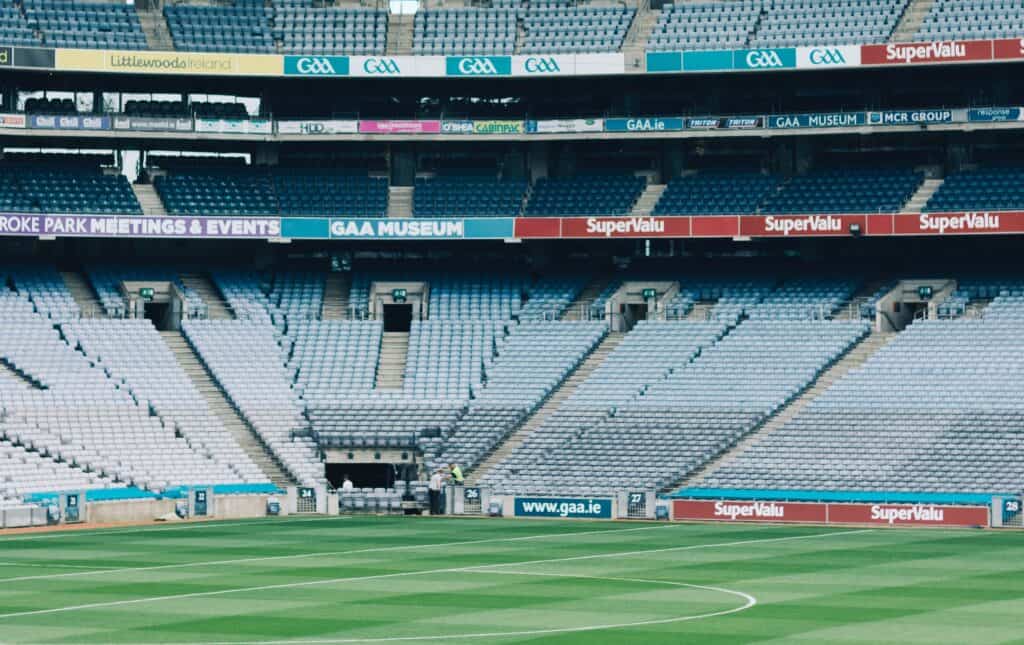
The development of player techniques, from the art of high-fielding to the precision of kicking and hand-passing, has transformed the game into a showcase of athleticism and strategic thinking. Modern training methodologies encompass cutting-edge fitness, nutrition, and mental preparation techniques, enabling athletes to perform at their peak.
Maintaining Tradition and Embracing Modern Innovations
The heart of Gaelic Football lies in its tradition, rooted in the values of community, unity, and cultural pride. Preserving this tradition while embracing modern innovations is a delicate dance. The challenge lies in striking a harmonious balance between safeguarding the sport’s core essence and responding to the demands of a changing world.
While innovations such as video technology and data analysis have entered the arena, they are not intended to overshadow the sport’s essence. Instead, they complement the game’s dynamics, providing insights that enrich the viewer experience without compromising its authenticity.
The evolution and adaptations of Gaelic Football embody a story of continuous refinement and growth. This evolution reflects the sport’s resilience in the face of societal changes and its unwavering commitment to staying relevant.
The journey from ancestral Celtic games to contemporary matches on expansive fields is a testament to the sport’s ability to retain its soul while embracing the demands of a modern era.
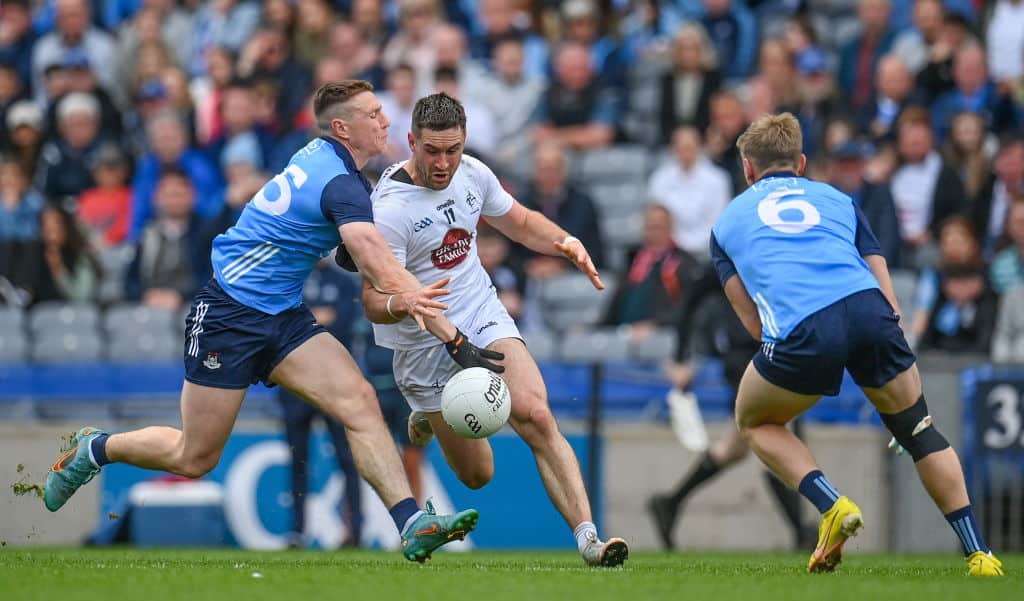
Expanding Beyond Ireland’s Borders
Gaelic Football, rooted deeply in Irish soil, has transcended geographical boundaries to leave an indelible mark on the global sports landscape. Its international impact and appeal have transformed it from a national pastime to a sport with a growing following worldwide, captivating audiences far beyond Ireland’s shores.
The International Impact and Appeal
The sport’s unique blend of skill, athleticism, and strategic play has garnered attention from enthusiasts across continents. Gaelic Football’s high-energy matches, with their riveting action and unpredictable outcomes, have captured the imaginations of spectators who appreciate the blended elements of football, rugby, and basketball.
The sport’s international reach is a testament to its universal appeal and the ability of sports to transcend cultural boundaries.
International Competitions and Organisations
Gaelic Football’s global expansion is mirrored by the rise of international competitions and organisations that actively promote the sport beyond Ireland. Tournaments like the International Rules Series showcase the sport’s adaptability and its ability to bridge different athletic traditions.
Additionally, organisations like the Gaelic Games Europe work diligently to promote and organise Gaelic Football events and leagues across the continent, fostering a sense of community among enthusiasts and players in various countries.
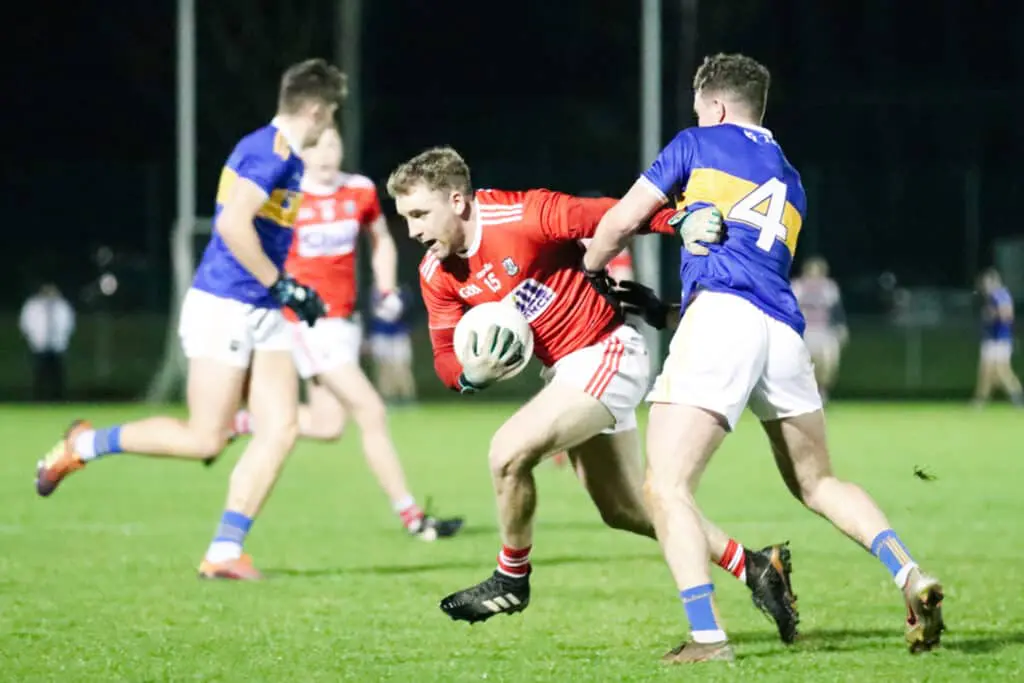
Influence of Irish Immigrants
Irish immigrants, scattered across the world, have played an instrumental role in propelling Gaelic Football onto the international stage. As communities of Irish descent embraced the sport, they acted as ambassadors, introducing it to new audiences and sharing its rich history.
Gaelic Football has taken root in countries with significant Irish populations, such as the United States, Canada, Australia, and the United Kingdom, often serving as a cultural bridge that connects generations and preserves ties to Irish heritage.
The global reach of Gaelic Football stands as a testament to the power of sports to transcend borders and cultures, uniting people through a shared passion. As the sport’s footprint continues to expand, it reaffirms the universal language of competition and camaraderie.
Challenges and Prospects
Contemporary Challenges Faced by Gaelic Football
One of the challenges facing Gaelic Football is the fast-paced nature of modern life. As urbanisation and digitalisation accelerate, traditional pastimes can struggle to maintain the attention of younger generations.
Balancing the sport’s heritage with the need for dynamic engagement is a delicate task. Additionally, player safety, competition integrity, and addressing issues like doping and sportsmanship are ongoing concerns that require vigilant management.
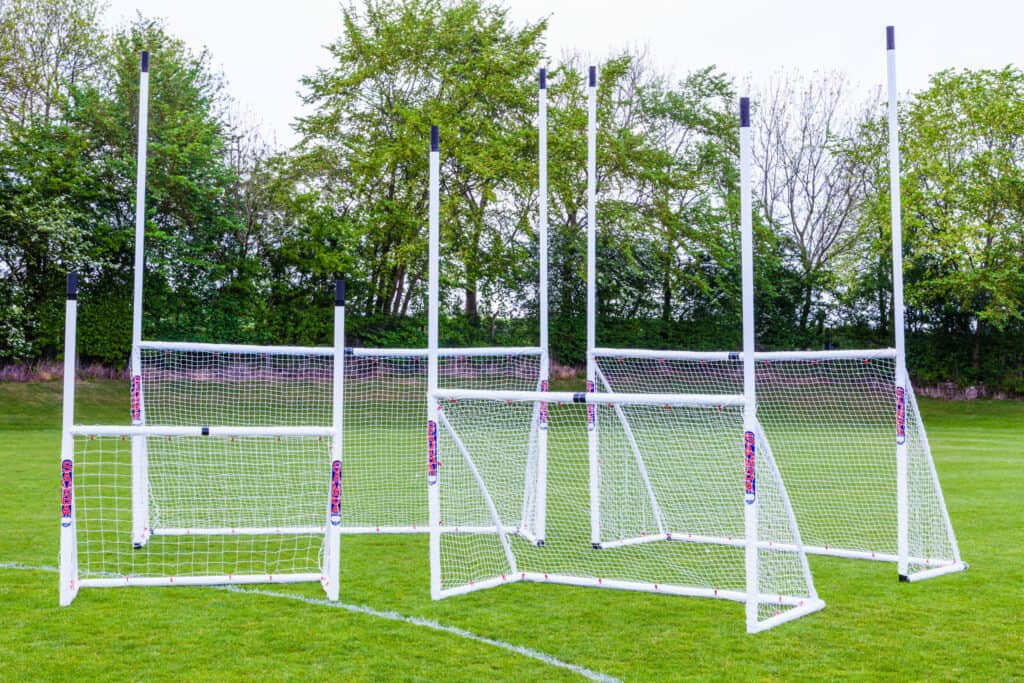
Competition from Other Sports
In the realm of sports, Gaelic Football competes for attention alongside a plethora of other options. The rise of globally popular sports like football, rugby, and American football presents stiff competition for players and spectators.
Moreover, the shifting leisure preferences of audiences, particularly the younger demographic, pose a challenge. The digital age has given rise to a plethora of entertainment choices, diverting attention from traditional sporting events.
Opportunities for Growth
Amid these challenges, Gaelic Football also holds opportunities for growth and evolution. Youth development programs can play a pivotal role in nurturing the next generation of players, ensuring a steady pipeline of talent that keeps the sport thriving.
Embracing technology, such as data analytics and virtual engagement, can enhance the viewer experience and attract new fans. Furthermore, international exposure through friendly matches, exhibitions, and dedicated leagues can enhance the sport’s global appeal.
Global Exposure and Youth Development
The prospect of global exposure is particularly promising for Gaelic Football. International tournaments, exchanges, and tours showcase the sport to diverse audiences and foster cultural exchange and international camaraderie.
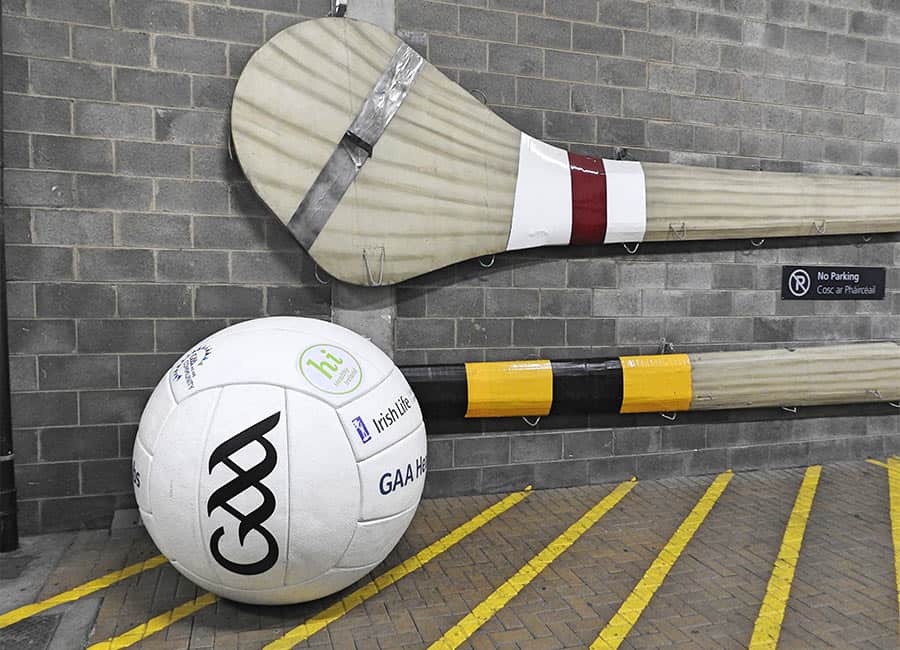
Additionally, youth development programs are a cornerstone for long-term sustainability. Gaelic Football can build a solid foundation for its future by introducing the sport at a grassroots level.
As Gaelic Football stands at the crossroads of challenges and prospects, its ability to adapt, innovate, and resonate with new generations will be the compass that guides its course. With careful navigation and a willingness to evolve, Gaelic Football can continue to inspire, unite, and capture the imagination of sports enthusiasts worldwide.
The Road Ahead
The Future of Gaelic Football
It is plausible that the sport’s global appeal will continue to expand, with more countries embracing Gaelic Football as a dynamic and exciting endeavour.
Technological innovations will reshape the viewing experience, bringing fans closer to the action and enhancing engagement. Furthermore, the ongoing quest for gender equality may further grow ladies’ Gaelic Football, amplifying the sport’s inclusivity.
Societal Changes and Technological Advancements
The trajectory of Gaelic Football’s future will be shaped by the intricate dance between societal changes and technological advancements. As society evolves, the sport must resonate with the values and interests of younger generations, who are not just consumers but potential players and stakeholders.
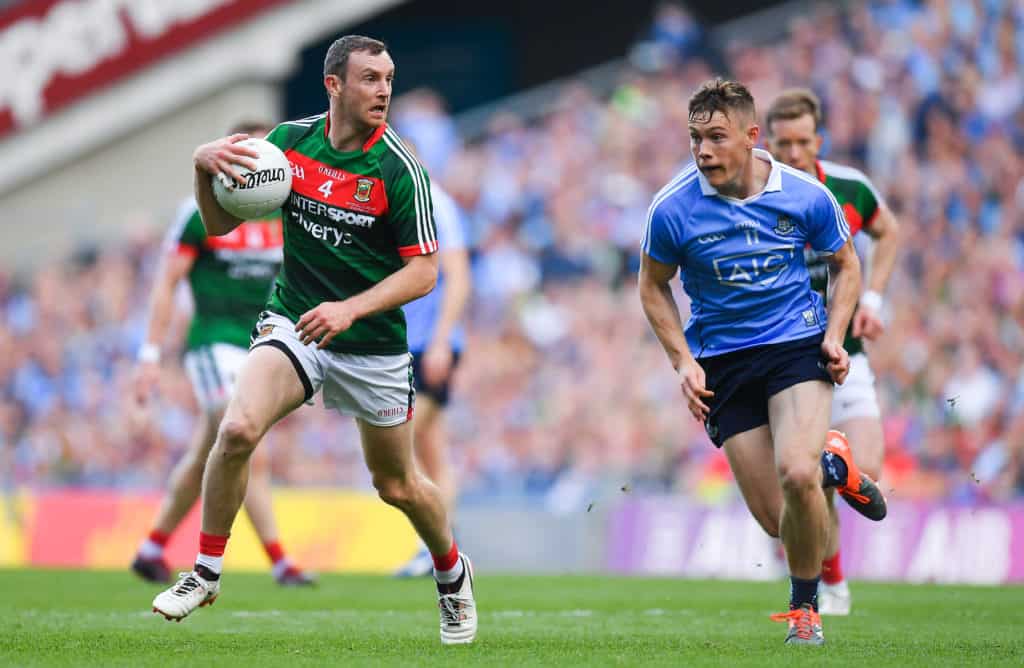
Furthermore, technological innovations, such as augmented reality, virtual reality, and immersive experiences, may revolutionise how matches are experienced, inviting fans into a new era of engagement.
The Role of the GAA in the Sport’s Future
At the heart of Gaelic Football’s future lies the Gaelic Athletic Association (GAA). As the custodian of tradition and innovation, the GAA’s role will be pivotal in steering the sport’s direction. It must be a steward of the sport’s core values, ensuring that Gaelic Football remains a powerful expression of Irish culture and identity.
Simultaneously, the GAA must be a trailblazer, embracing advancements that enhance the game without sacrificing its authenticity. By providing resources for youth development, encouraging community engagement, and fostering international collaboration, the GAA can ensure that Gaelic Football thrives as a sport.
The road ahead for Gaelic Football is a blend of mystery and promise. It holds the potential to transcend its historical boundaries, embracing new horizons while staying rooted in the traditions that have made it a cherished part of Irish culture.
In an era defined by rapid change, the sport’s ability to harmonise the legacy of the past with future opportunities will determine its enduring impact and relevance. As Gaelic Football navigates this journey, its resilience, unity, and ability to inspire will shape a legacy that generations to come will proudly inherit.
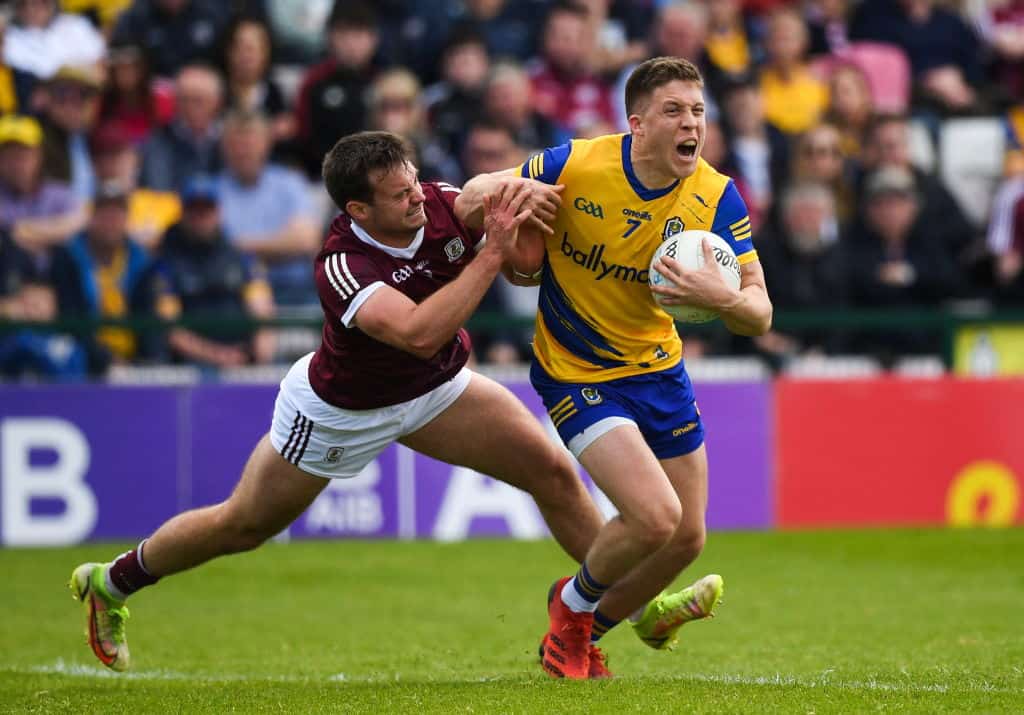
Gaelic Football is an Important Piece of Irish Culture
Gaelic Football stands as an emblem of tradition, unity, and resilience in the vast and vibrant tapestry of Irish culture. This unique sport, woven with the threads of history and passion, has transcended its origins to become a symbol of identity, a testament to the enduring spirit of a nation.
From its roots in ancient Celtic games to its evolution into a globally recognised sport, Gaelic Football has weathered challenges and embraced change while remaining faithful to its heritage.
Gaelic Football’s story is one of perseverance, of cultural heritage carried across generations, of moments that unite and memories that endure. From the emerald fields of Ireland to the far reaches of the world, its legacy is etched in the hearts of those who play and watch, who cheer and celebrate.
If you are interested in Irish sports, check out our blog on Hurling: An Incredible Sport Dating Back to 1200BC.


